#saskatoon serviceberries
Text


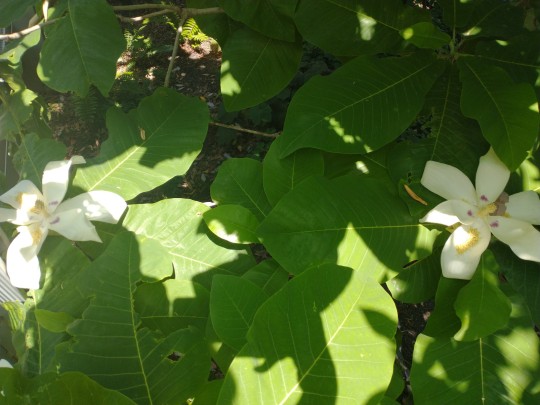





green and glass
w/ @miyamuratx <3
#nyc#manhattan#high line#high line park#new york#new york city#park#nyc parks#new york parks#magnolia#saskatoon serviceberries#i saw crows eating these berries and i was like hmm maybe i can also have these#skyscrapers#memorial day weekend#memorial day#05/30/2022#flowers#city#plants#plantblr#crying statue
3 notes
·
View notes
Photo
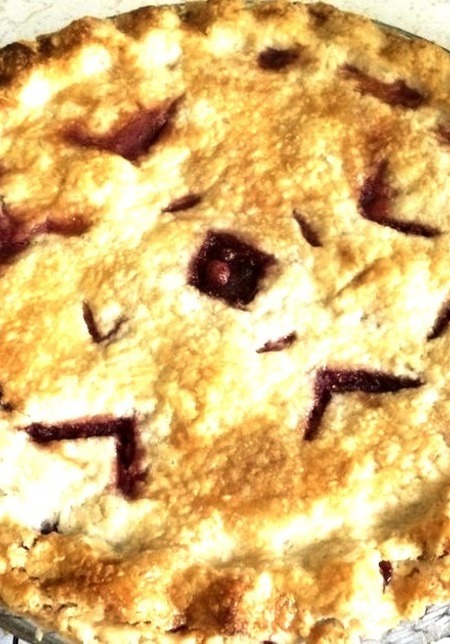
Pies - Saskatoon Pie Recipe
Serviceberries are used in this flavorful Saskatoon pie, which also uses a pre-made pie crust. It has a lovely apple flavor that is fruity but not overly sweet.
0 notes
Photo

Saskatoon Serviceberry Rhubarb Pie
The rhubarb and saskatoon berries give this pie its delicious Saskatoon berry flavor and depth, as well as its rich red color and juiciness. The flavor of this pie is out of this world. Not at all bland. You CAN'T MISS with this pie. When I bring this pie out, everyone begs for more. Enjoy!!
0 notes
Photo

Saskatoon Cranberry Loaf
Saskatoon berries, also known as serviceberries, combine with cranberries in a delightful loaf cake for tea time or dessert.
0 notes
Photo

Pies - Saskatoon Pie
Serviceberries are used in this flavorful Saskatoon pie, which also uses a pre-made pie crust. It has a lovely apple flavor that is fruity but not overly sweet.
1 note
·
View note
Photo

Saskatoon Berry Serviceberry Pie Recipe
Saskatoon berries, or serviceberries, are great in pie recipes. These deep-purple berries resemble blueberries, but with a subtle, wild flavor.
0 notes
Photo

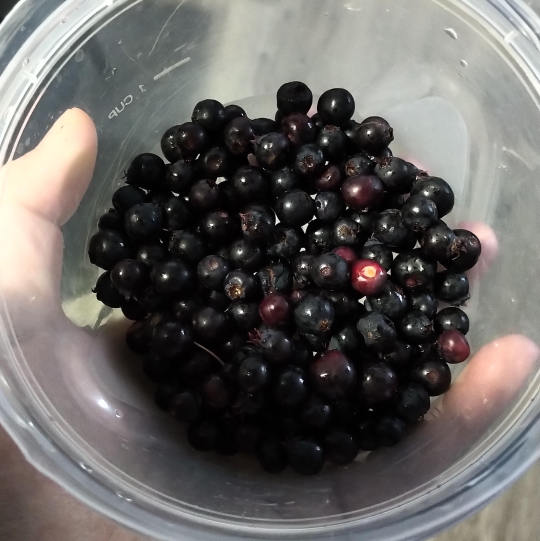
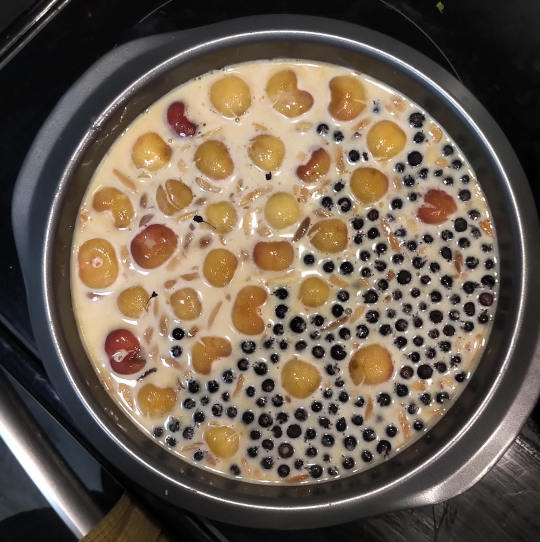
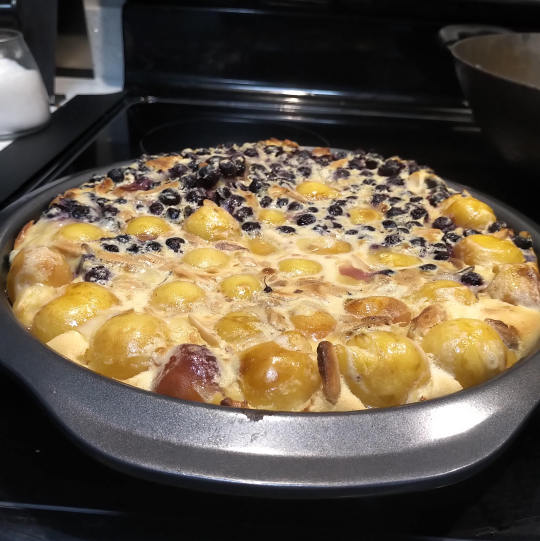
Clafoutis with rainier cherries, foraged saskatoons, and almonds.
My partner and I were late in the season for saskatoons--which we knew, so we didn’t try too hard. We got about a half-cup for our (low) efforts, which is fine by me. Thinking this wouldn’t be enough for a clafoutis, I supplemented with rainier cherries.
Oh boy, the saskatoons like to float! As the clafoutis puffed up, it really looked like the saskatoons were trying to escape!
Recipe adapted from Simply Recipes.
You can underbake it (like I did here) for a delicate, custardy texture. Or you can turn up the heat and cook it longer for a firmer, more puffed up version (more like a dutch baby or popover).
#food#baking#foraging#saskatoons#saskatoon berries#serviceberry#clafoutis#clafouti#recipe#sweet#dessert#custard#cake
1 note
·
View note
Text
Saskatoon, Juneberry, Shadbush, Shadblow, Sugarplum, Sarvis, Serviceberry -- these are among the many names for Amelanchier. Ethnobotanists know that the more names a plant has, the greater its cultural importance. The tree is beloved for its fruits, for medicinal use, and for the early froth of flowers that whiten woodland edges at the first hint of spring. Serviceberry is known as a calendar plant, so faithful is it to seasonal weather patterns. Its bloom is a sign that the ground has thawed and that the shad are running upstream -- or at least it was back in the day when rivers were clear and free enough to support their spawning. The derivation of the name “Service” from its relative Sorbus (also in the Rose Family) notwithstanding, the plant does provide myriad goods and services. Not only to humans but to many other citizens. It is a preferred browse of Deer and Moose, a vital source of early pollen for newly emerging insects, and host to a suite of butterfly larvae -- like Tiger Swallowtails, Viceroys, Admirals, and Hairstreaks -- and berry-feasting birds who rely on those calories in breeding season.
In Potawatomi, it is called Bozakmin, which is a superlative: the best of the berries. [...]
For me, the most important part of the word Bozakmin is “min,” the root for “berry.” It appears in our Potawatomi words for Blueberry, Strawberry, Raspberry, even Apple, Maize, and Wild Rice. The revelation in that word is a treasure for me, because it is also the root word for “gift.” [...] When we speak of these not as things or products or commodities, but as gifts, the whole relationship changes. [...] I accept the gift from the bush and then spread that gift with a dish of berries to my neighbor, who makes a pie to share with his friend, who feels so wealthy in food and friendship that he volunteers at the food pantry. You know how it goes.
To name the world as gift is to feel one’s membership in the web of reciprocity. [...] How we think ripples out to how we behave. If we view these berries, or that coal or forest, as an object, as property, it can be exploited as a commodity in a market economy. We know the consequences of that.
---
Text by: Robin Wall Kimmerer. “The Serviceberry: An Economy of Abundance.” Emergence Magazine. 26 October 2022.
395 notes
·
View notes
Text
Saskatoon, Juneberry, Shadbush, Shadblow, Sugarplum, Sarvis, Serviceberry—these are among the many names for Amelanchier. Ethnobotanists know that the more names a plant has, the greater its cultural importance. The tree is beloved for its fruits, for medicinal use, and for the early froth of flowers that whiten woodland edges at the first hint of spring. [...]
In Potawatomi, it is called Bozakmin, which is a superlative: the best of the berries. I agree with my ancestors on the rightness of that name. [...]
For me, the most important part of the word Bozakmin is “min,” the root for “berry.” It appears in our Potawatomi words for Blueberry, Strawberry, Raspberry, even Apple, Maize, and Wild Rice. The revelation in that word is a treasure for me, because it is also the root word for “gift.” In naming the plants who shower us with goodness, we recognize that these are gifts from our plant relatives, manifestations of their generosity, care, and creativity. When we speak of these not as things or products or commodities, but as gifts, the whole relationship changes. I can’t help but gaze at them, cupped like jewels in my hand, and breathe out my gratitude.
In the presence of such gifts, gratitude is the intuitive first response. The gratitude flows toward our plant elders and radiates to the rain, to the sunshine, to the improbability of bushes spangled with morsels of sweetness in a world that can be bitter.
Robin Wall Kimmerer, The Serviceberry, for Emergence magazine, December 10, 2020
99 notes
·
View notes
Text
Native Plants I’ve Actually Seen Growing Wild in Southern Ontario
Acer saccharinum (silver maple) --along the sides of highways
Acer saccharum (sugar maple) --GTA ravines
Achillea millefolia (yarrow) --GTA ravines
Allium schoenoprasum (wild chives) --GTA ravines, Ridgetown
Allium tricoccum (ramps) --Niagara region escarpments
Amaranthus retroflexus (redroot amaranth) --fallow areas in the GTA
Ambrosia artemisiifolia (ragweed) --fallow areas in the GTA
Ambrosia trifida (giant ragweed) --parks in the GTA
Amelanchier spp. (saskatoon/serviceberry) --GTA ravines
Arisaema triphyllum (Jack-in-the-pulpit) --GTA ravines
Aronia melanocarpa (black chokeberry) --ravines and parks in the GTA
Asarum canadense (Canada ginger) --GTA ravines
Asclepias syriaca (common milkweed) --fallow areas, ravines, and parks throughout southern Ontario from Windsor to GTA
Asplenium trichomanes (maidenhair spleenwort) --Niagara region escarpments
Betula spp. (birch) --ravines and parks throughout southern Ontario from Windsor to GTA
Bidens spp. (beggar ticks) --GTA ravines
Caulophyllum thalictroides (blue cohosh) --GTA parks
Ceratophyllum demersum (hornwort) --GTA ravines (native in freshwater across the globe anyway)
Circaea lutetiana (enchanter’s nightshade) --fallow areas in the GTA
Commelina spp. (dayflower) --fallow areas in Windsor
Cornus alternifolia (Pagoda dogwood) --GTA wooded areas
Cornus sericea (red osier dogwood) --GTA ravines and in Windsor riverside parks
Crataegus spp. (hawthorn) --GTA ravines and parks
Echinocystis lobata (wild prickly cucumber) --GTA ravines
Elaeagnus commutata (silverberry) --GTA parks and fallow areas
Epilobium ciliatum (fringed willowherb) --fallow areas in the GTA
Equisetum spp. (horsetail/scouring rush) --GTA ravines and fallow areas
Erigeron spp. (fleabane) --GTA parks and fallow areas, Ridgetown
Erythronium americanum (trout lily) --GTA ravines and parks
Eutrochium maculatum (Joe-Pye weed) --GTA parks
Fragaria virginiana (wild strawberry) --fallow areas in the GTA
Geranium maculatum (wild geranium) --Windsor green spaces
Geranium robertianum (herb robert) --Windsor green spaces
Geum aleppicum (yellow avens) --GTA fallow areas
Geum canadense (white avens) --GTA fallow areas
Geum macrophyllum (large-leaved avens) --GTA fallow areas
Gymnocladus dioicus (Kentucky coffee tree) --GTA ravines
Helianthus spp. (sunflower) --GTA fallow areas and parks
Heracleum maximum (cow parsnip) --GTA ravines
Hordeum jubatum (foxtail barley) --GTA fallow areas
Humulus lupulus (hops) --GTA ravines
Hydrophyllum virginianum (Virginia waterleaf) --GTA ravines
Impatiens capensis (jewelweed) --GTA ravines and in Windsor riverside parks
Juglans nigra (black walnut) --GTA ravines
Lactuca canadensis (Canadian lettuce) --GTA fallow areas
Lilium michiganense (Michigan lily) --GTA ravines
Lupinus perennis (sundial lupine) --GTA parks
Maianthemum canadense (Canada mayflower) --GTA ravines
Maianthemum racemosum (starry false solomon’s seal) --GTA ravines and parks
Maianthemum stellatum (starry false solomon’s seal) --GTA ravines
Matteuccia struthiopteris (ostrich fern) --GTA ravines
Monarda fistulosa (wild bergamot) --GTA ravines and parks
Morus rubra (red mulberry) --fallow areas in Windsor, GTA parks
Myosotis laxa (smallflower forget-me-not) --GTA fallow areas
Oenothera biennis (evening primrose) --GTA fallow areas
Onoclea sensibilis (sensitive fern) --GTA ravines
Oxalis stricta (yellow wood sorrel) --fallow areas and ravines throughout southern Ontario from Windsor to GTA
Parietaria pensylvanica (Pennsylvania pellitory) --GTA fallow areas
Parthenocissus quinquefolia (Virginia creeper) --Windsor fallow areas and GTA ravines and parks
Persicaria lapathifolia (curlytop smartweed) --GTA fallow areas
Podophyllum peltatum (mayapple) --GTA ravines and parks
Portulaca oleracea (purslane) --fallow areas throughout southern Ontario from Windsor to GTA (native globally anyway)
Potentilla norvejica monspeliensis (ternate-leaved cinquefoil) --GTA fallow areas
Prunella vulgaris (selfheal) --fallow areas and ravines throughout southern Ontario from Windsor to GTA
Prunus virginiana (chokecherry) --Windsor fallow areas, GTA ravines and parks, Niagara region escarpments
Pteridium aquilinum latiusculum (western bracken fern) --GTA parks
Quercus spp. (oak) --wooded areas throughout southern Ontario from Windsor to GTA
Rhus typhina (staghorn sumac) --parks and fallow areas throughout southern Ontario from Windsor to Collingwood
Ribes spp. (currants) --GTA ravines and parks
Ribes spp. (gooseberries) --GTA ravines
Robinia pseudoacacia (black locust) --GTA ravines and parks
Rosa spp. (roses) --GTA ravines, parks, and fallow areas
Rubus occidentalis (black raspberry) --ravines, parks, and fallow areas in Hamilton and GTA
Rubus odoratus (purple-flowered raspberry) --GTA ravines and parks
Rubus strigosus (American red raspberry) --GTA parks
Rudbeckia hirta (black-eyed susan) --GTA parks
Salix spp. (willow) --GTA ravines
Sambucus canadensis (common elderberry) --Windsor riverside parks, GTA ravines
Sambucus racemosa (red elderberry) --GTA ravines and parks
Smilax spp. (greenbrier) --GTA parks
Solidago canadensis (Canada goldenrod) --parks and fallow areas throughout southern Ontario from Windsor to GTA
Sorbus spp. (mountain ash) --GTA ravines and parks
Streptopus spp. (twistedstalk) --GTA parks
Symphoricarpos spp. (snowberry) --GTA parks
Symphyotrichum ericoides (heath aster) --fallow areas throughout southern Ontario from Windsor to GTA
Symphyotrichum novae-angliae (New England aster) --fallow areas throughout southern Ontario from Windsor to GTA
Symplocarpus foetidus (skunk cabbage) --GTA parks
Tilia spp. (linden) --GTA ravines
Trillium grandiflorum (white trillium) --parks throughout southern Ontario from Windsor to GTA
Tsuga canadensis (eastern hemlock) --GTA parks
Typha latifolia (broad-leaved cattail) --marshes in Essex county and GTA
Urtica gracilis (slender nettle) --GTA ravines
Uvularia spp. (bellwort) --streams in Windsor green spaces
Verbena hastata (blue vervain) --GTA ravines
Viburnum lentago (nannyberry) --GTA parks and Ridgetown ravine
Viburnum trilobum (highbush cranberry) --Ridgetown
Viola sororia (wood violet) --fallow areas and wooded areas throughout southern Ontario from Windsor to GTA
Vitis riparia (riverbank grape) --GTA fallow areas, ravines, and parks
Waldsteinia fragarioides (barren strawberry) --GTA ravines and parks
Xanthium strumarium canadense (Canada cocklebur) --GTA parks and fallow areas
I’ve likely seen many others and just couldn’t identify them, but there are a lot I’ve never seen growing wild. What I’m hoping is that some of the native species I have in my garden will make their way to the nearby ravine. If I get around to it, though, I might just take a walk with some Asclepias incarnata (swamp milkweed) seeds in the fall. They certainly seem to successfully germinate in my garden whether I want them to or not (don’t have space for them to go crazy). Can’t see why they wouldn’t in a natural swamp area.
#text post#long text post#native plants of Ontario#native plants of North America#wild native plants
10 notes
·
View notes
Text
Tracking is going well. I didn’t really plan for picking up the pieces and starting again, so I’ve had to immediately play the ‘improvise with what’s in the kitchen’ game.
Fortunately, my favourite yogurt was $3 off when I was picking up veggies the other day, so I got to enjoy fresh berries from my garden today at coffee break. Saskatoon berries today.
When I got home, there were about 8 raspberries that were ripe, so tomorrow I get saskatoons and raspberries. (I wonder what Saskatoon berries are called outside of Canada…rabbit hole…Pacific serviceberry, western serviceberry, alder-leaf shadbush, dwarf shadbush, chuckley pear, or western juneberry or pigeon berry. Now we all know)
It is finally nice out. I think there have been maybe 6 sunny warm days since June began here, and it’s supposed to be ugly hot by the end of this week, but today it was sunny and beautiful. My vacation was mostly miserable weather.
What else? I cut my hair short (for me. It’s still shoulder length), my kids are getting old, and I’ve developed an affection for old lady nightgowns. One of my patients (94 years old) has 2 nighties the same as me. She looks like a prim old lady. I unbutton them a bit and look a bit like an (old) wanton (fat) cover model on a trashy romance novel.
Things I’ve been pondering: I don’t know if I remember how to kiss. I’m tired - the nursing shortage was hard to bear before the pandemic and it’s worse now. I don’t want to socialize but I’m pushing myself to because I find my mental health is better when I do. The pandemic has also ruined alcohol for me. I just don’t feel it’s an expense I need anymore. Just some things.

Me and my NINE YEAR OLD.
14 notes
·
View notes
Text
A blast from the past,
October 20, 2023 🗓️
This Saskatoon Serviceberry has since shed its green leaves 🍃
It needs to be repotted.
It craves a new home.
#Green #Verte #Vert #Verde #Outside #Colours #Couleurs #Colors #Colores #Raindrops #Juneberry #Food #CannonCanyon
0 notes
Photo
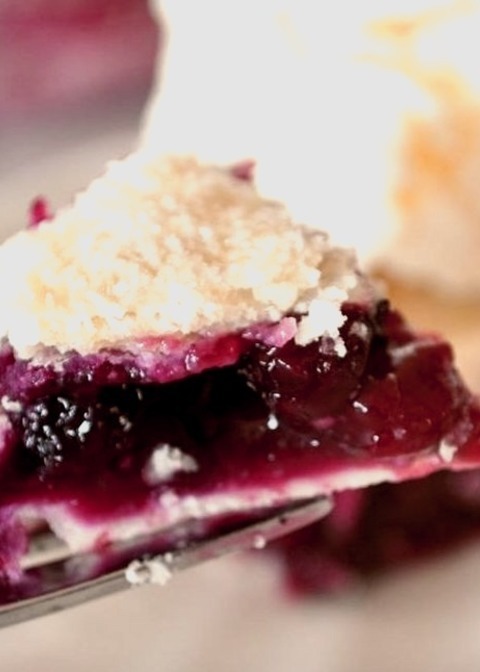
Saskatoon Serviceberry Rhubarb Pie
This is an amazingly delicious pie that gets its rich red color and juiciness from the rhubarb and delicious Saskatoon berry flavor and depth from the saskatoon berries. This pie has a flavor that is just to die for. Not bland at all. You will NOT go wrong with this pie. Everyone begs for more when I bring this pie out. Enjoy!! 2 cups chopped rhubarb, 1/4 cup cornstarch, 2 tablespoons lemon juice, 4 cups fresh serviceberries, 1/2 cup white sugar, 2 packages refrigerated pie crusts, 1 cup white sugar
0 notes